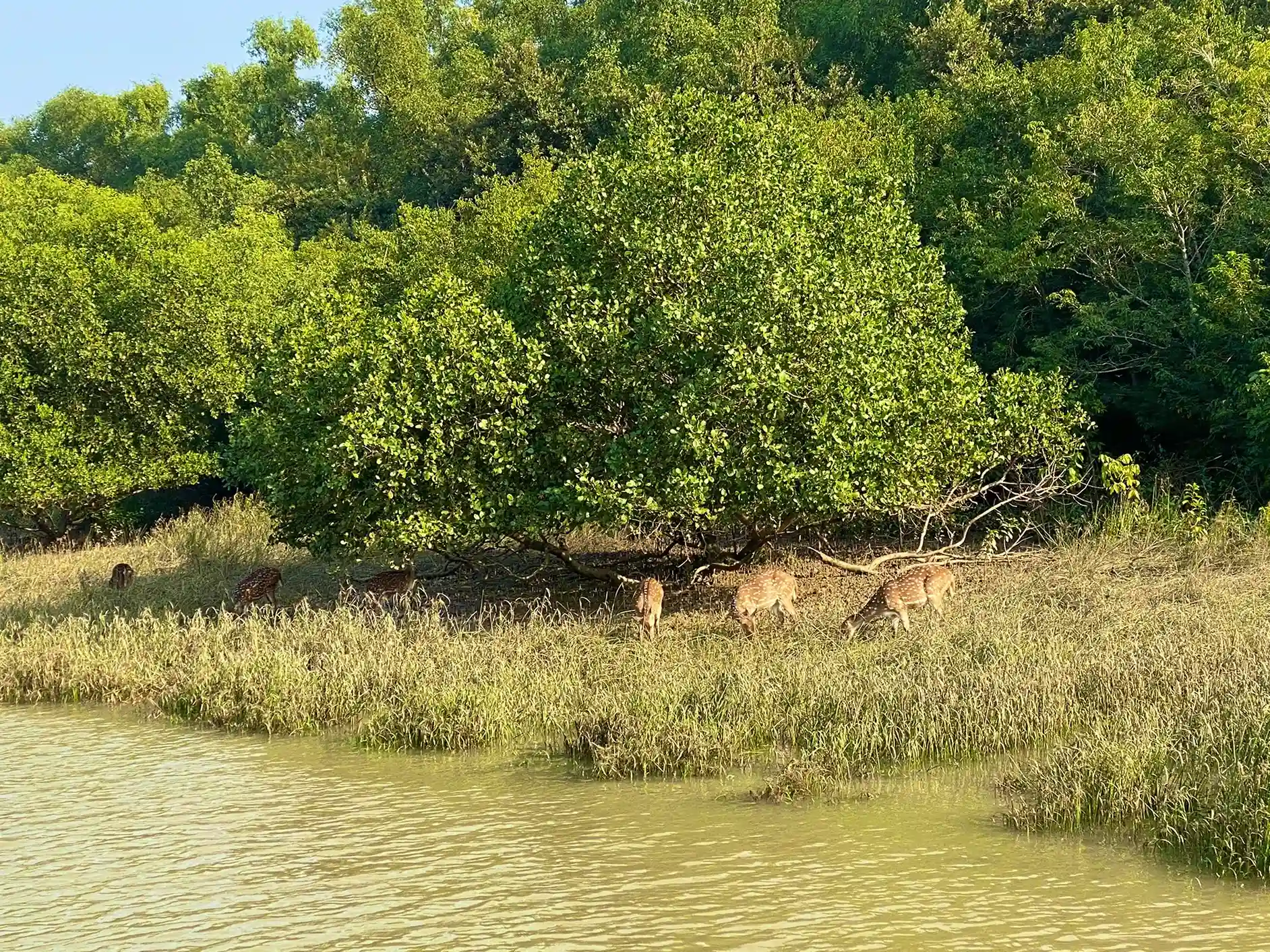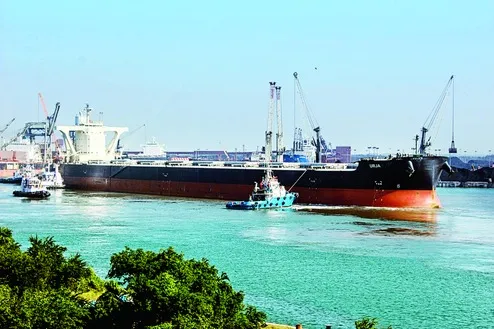Bhitarkanika
Bhitarkanika is a unique and ecologically rich region located in the state of Odisha on the eastern coast of India. It is renowned for its expansive mangrove forests, diverse flora and fauna, and the intricate network of waterways that characterize this coastal ecosystem.Bhitarkanika National Park is a nature lover’s paradise located in the state of Odisha, India. It is situated in the Kendrapara district of Odisha and is spread over an area of 672 square kilometers in the brahmani and Baitarani River deltas. The national park is known for its lush green mangrove forests and is a protected area for a variety of endangered species.
| Location | Kendrapara district(Odisha) |
| Best Time to go | October and March |
| Timing | 6AM to 6 PM |
| Fees | Entry fee : Rs. 50/head Digital Camera : Rs. 50/- Boating : Rs. 50/- |
| Nearest Airport | Biju Patnaik International Airport(172km),Bhubaneswar |
| Nearest Railway Station | Bhadrak(101km), Cuttack(116km) |
| Nearest Bus stop | Kendrapara |
Bhitarkanika Mangroves
Bhitarkanika is primarily known for its extensive mangrove forests, covering an area of over 650 square kilometers. The mangroves play a crucial role in maintaining ecological balance by protecting the coastal areas from erosion, providing a habitat for various species, and acting as a buffer against storms and tidal surges.

Bhitarkanika National Park
Bhitarkanika National Park is a unique and ecologically significant wildlife sanctuary .This national park, along with the Bhitarkanika Wildlife Sanctuary and the Gahirmatha Marine Sanctuary, forms one of the largest estuarine ecosystems in the country. The park is home to one of the largest populations of saltwater crocodiles in India. The park was declared a sanctuary for crocodiles in 1975, and later in 1998, it was declared a national park. Bhitarkanika is also home to several other species of animals like spotted deer, wild boar, and sambar deer.
Apart from the wildlife, Bhitarkanika is also known for its beautiful waterways. The national park has several rivers, creeks, and estuaries, making it an ideal destination for boat rides. The boat rides allow visitors to explore the mangrove forests and get a closer look at the wildlife. The national park also has a large population of migratory birds, making it a bird watcher’s paradise.
One of the main attractions of the park is the Gahirmatha beach, which is known for its turtle nesting sites. Every year, from November to February, Olive Ridley turtles come to this beach to lay their eggs. The national park authorities have taken several measures to protect these turtles and their nesting sites. Visitors are not allowed on the beach during the nesting season.
Bhitarkanika National Park is a unique destination that offers a perfect blend of wildlife, nature, and culture. It is a must-visit for anyone who loves the outdoors and wants to experience the beauty of nature up close. The park authorities have taken several measures to ensure the safety of the wildlife and their habitats, making it a responsible tourism destination.
Things to See Inside Bhitarkanika National Park
🌿 Mangroves Ecosystem:
🌱 Second largest mangrove ecosystem in India.
🛥️ Sightseeing on boats with forest department licenses.
🚤 Recommended boat ride from Khola to Dangmal or vice versa.
🐊 Wildlife Encounters:
🐊 Saltwater Crocodile, reaching up to 23 feet.
🦌 Spotted deers and wild boars.
🦜 Eight varieties of Kingfishers.
🦓 Many other diverse flora and fauna.
🦌 Other animals like chitals, rhesus monkeys, jackals, sambar deer, and more.
🐍 Indian Python and King Cobra.
🦅 Black ibis and Darters.
🐺 Wolves, hyenas, and jungle cats thrive here.
🏰 Historical Presence:
🕍 Home to medieval Hindu temples.

Do’s & Don’ts at Bhitarkanika National Park
Do’s:
🚤 Use a licensed boat.
📜 Obtain an entry permit before entering the National Park.
🌳 Treat the National Park with respect.
🌲 Dress in colors that blend with the forest.
🤫 Observe complete silence while moving in the sanctuary.
🔦 Use a torchlight when moving at night.
📜 Obey the rules and regulations of the park.
Don’ts:
🚫 Do not use the boat without a valid license.
🚮 Do not litter the sanctuary; avoid plastics and polythene products.
🌙 Do not venture out at night.
🔊 Do not use blaring musical appliances.
🍱 Do not carry outside food into the National Park.
🚱 Do not go near water bodies.
🔫 Do not carry firearms and explosives.
🥩 Do not carry meat or meat products.
🌺 Do not pluck flowers, fruits, or any other plant parts.
🚤 Do not get out of the vessel while watching wildlife, and do not use a spotlight.
Nearby Attractions



Udayagiri: Udayagiri, located in the Jajpur district of Odisha, India, is known for its historical and archaeological significance. The site is home to ancient Buddhist complexes, including rock-cut caves and stupas, dating back to the 7th century.
Ratnagiri:Udayagiri and Ratnagiri are twin sites in the Jajpur district of Odisha. Ratnagiri, like Udayagiri, is known for its Buddhist archaeological remains, including monasteries, stupas, and sculptures dating back to the 7th century.
Paradip Port: Paradip Port, officially known as the Paradip Port Trust, is a major seaport on the eastern coast of India, located in the state of Odisha. Paradip Port is situated on the Bay of Bengal, at the confluence of the Mahanadi River and the Bay of Bengal, providing it with strategic maritime significance.
FAQ,s
Bhitarkanika in which district of Odisha?
Bhitarkanika is situated in the Kendrapara district of Odisha.
Bhubaneswar to Bhitarkanika distance.
The approximate distance from Bhubaneswar to Bhitarkanika is around 140 to 160 kilometers by road, depending on the route taken. The journey usually takes around 4 to 5 hours by car.

